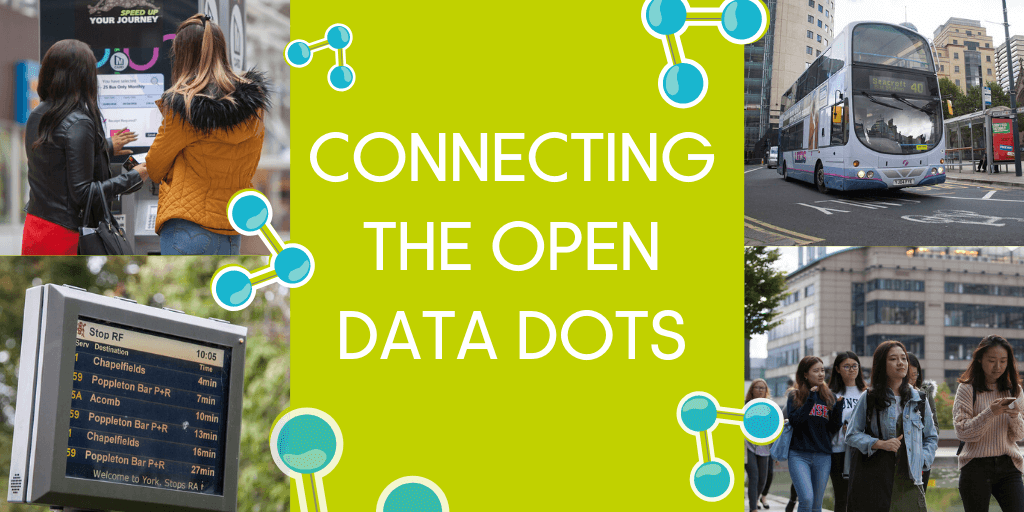High-quality, accessible and trusted customer information is key to encouraging people to use our public transport network. That’s why Phase Two of our Integrated and Smart Travel (IST) programme is facilitating new open data sets that will help make planning how to travel from A to B much easier for bus and light rail passengers across the North.
Throughout 2019 we have been working with our Local Transport Authority (LTA) partners, as well as leading digital transport service providers and the open data community to advance this vision. In late November we brought them together for the first time at our ‘Customer Information Innovation’ event at the Open Data Institute in Leeds. Held on a rainy Monday morning, the event was chance for the public and private sector, data creators and data consumers to meet and explore opportunities for collaboration and innovation.
Our Chief Executive, Barry White, opened the session with a speech emphasising the scale of Transport for the North’s ambition to improve transport in the North. Explaining why we are working to improving transport infrastructure across the region he asked, if we all now expect to be able to order an uber or pizza on our phones with ease, why is public transport not as accessible? We need to work together to help bring the passenger experience generally, and travel information particularly, into the digital age.
Industry experts Tom Forth (ODI Leeds) and Warwick Goodall (PA Consulting) then helped set the scene by talking about the value of open data, what it can reveal about the transport network and how these insights can be used to drive improvements.
IST Phase Two’s Senior Project Manager, Alex Suswillo, shared more about how we are working to facilitate change – including through the development of a pan-Northern Open Data Hub, Disruptions Messaging Tool and a Fares Data Build Tool.
Complimenting this, officers from West Yorkshire Combined Authority and Transport for Greater Manchester shared more about their own Customer Information strategies. They explained how they are working both at a local-level and in collaboration with other LTAs across the North, to make public transport more accessible through data creation and improved information.
After more tea, coffee and conversation, it was time for the main event. We had assembled some of the biggest names in the digital transport service industry to share more about the demand for access to better open data in the North in order to improve their services and customer offer.
Highlights included Google’s Geospatial Technologist (aka. GoogleMaps expert) Ed Parsons talking about what can be achieved through a ‘smarter’ approach to partnerships between cities and customer information providers. He noted that just by providing more real-time information, studies show there can be a perceived 2-minute drop in passenger wait times, helping encourage use of public transport.
Hagay Unterman from Moovit – who had travelled all the way from Israel to attend – gave an overview of their mobile app’s track record for helping provide passengers with the travel information they need to improve satisfaction and ultimately increase ridership on local public transport networks across the world. Tom Quay, CEO of Passenger explained more specifically about how he sees the disruption data that is being unlocked by Transport for the North being used to provide both operators and passengers with a more complete, real-time overview of the network.
It was a powerful message from the open data community back to Transport for the North and our LTA partners – “if you build it, they will come”. There is a shared, cross-industry vision to make public transport easier to use for the public via improved customer information. Developers are ready to use any additional data sets that local transport authorities and operators can provide; it just requires a commitment on our behalf to be more open to sharing and supportive of private-sector innovation.
Beyond the presentations, time to network, make connections and discuss ideas was the main order of the day. A reoccurring question was ‘When’s the next one?’, proving the session helped kick start conversations that have real potential to be built upon.
All the presentations and further related content can be found on the Open Transport North website. Any data-driven businesses interested in learning about our work in this space, should contact Transport for the North’s Customer Information Strategy Manager, Richard Mason
